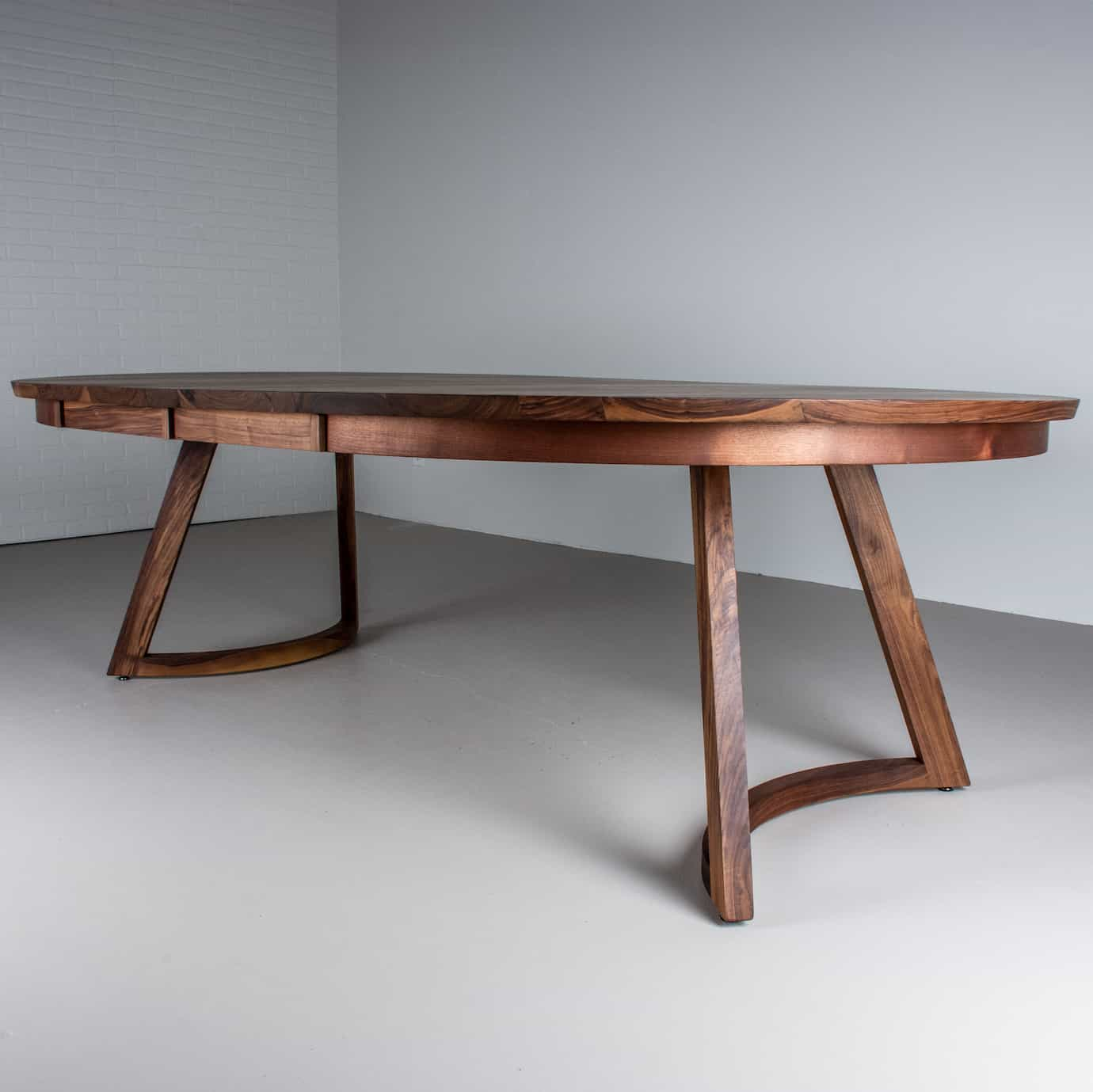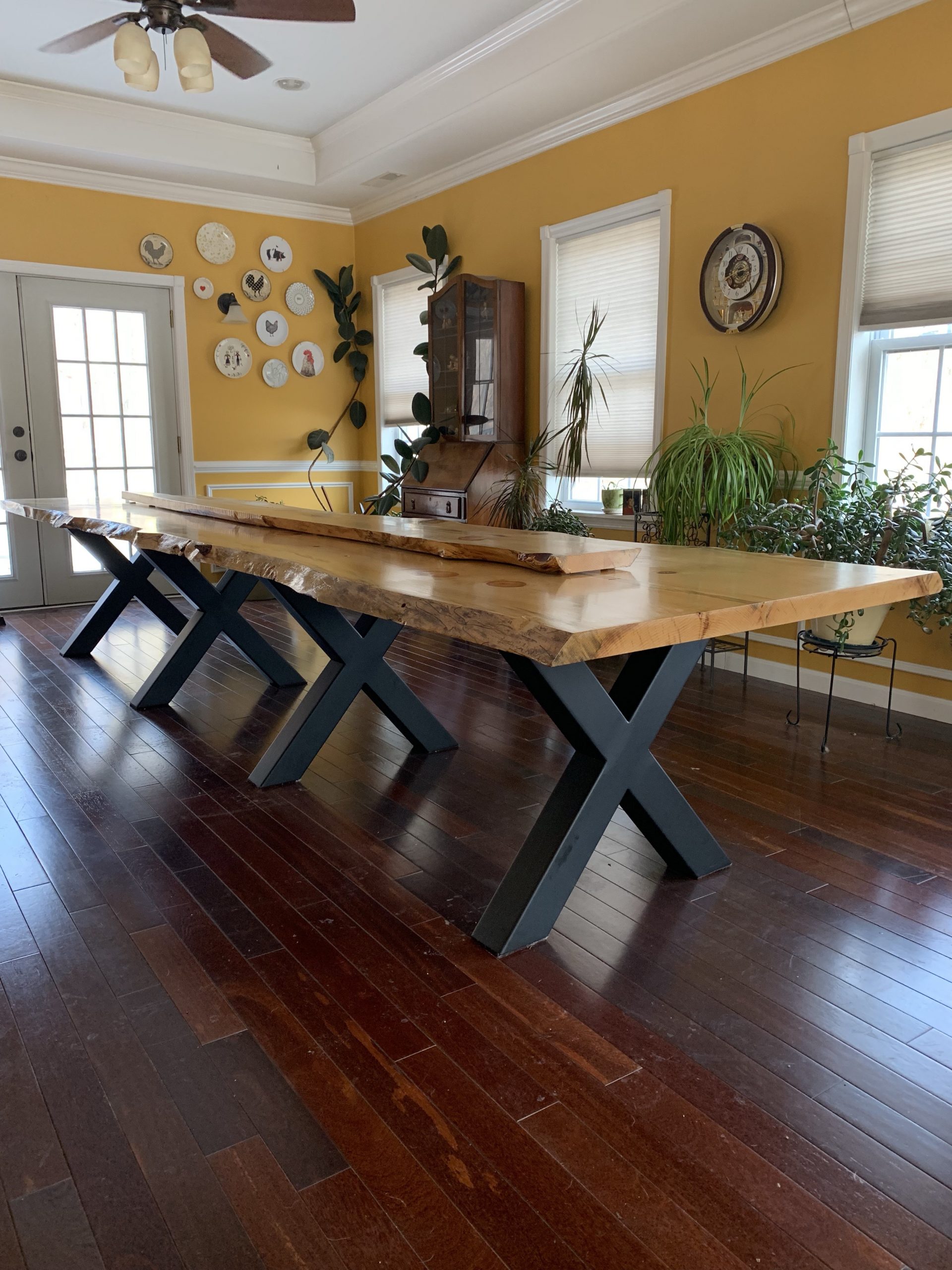Redefine Your Table's Charm with Attractive Dining Table Legs Wood Layouts
Redefine Your Table's Charm with Attractive Dining Table Legs Wood Layouts
Blog Article
Secret Factors to Remember for Table Legs Timber Choices
When choosing timber for dining table legs, several important factors require cautious factor to consider to make certain both functionality and aesthetic appeal. The choice of wood type, defined by its toughness and one-of-a-kind grain patterns, plays a pivotal role in the overall design and longevity of the item.
Timber Kind and Features
When picking timber for eating table legs, it is vital to recognize the one-of-a-kind characteristics of various timber types. Different timbers supply distinctive benefits and downsides, affecting both the toughness and aesthetic charm of the finished item.
Oak, recognized for its outstanding resilience, additionally features a noticeable grain that can add personality to the table. Cherry wood, with its abundant color that grows over time, offers a lavish look yet may call for more upkeep to prevent scrapes.
On the other hand, softwoods like want and fir are more inexpensive and less complicated to deal with, yet they are much less durable than hardwoods. Pine is light-weight and features a warm, rustic look, making it a favored option for informal dining setups. Nonetheless, it is a lot more susceptible to dents and scrapes.
Understanding these qualities will assist in making an educated decision to make sure the legs of the table satisfy both visual and useful needs.
Grain Patterns and Aesthetic Appeal
The timber's grain is not just an aesthetic feature; it conveys an one-of-a-kind individuality and appeal to each piece. Different wood species show distinctive grain patterns, varying from the straight lines of maple to the detailed swirls of oak and the striking number of walnut.
Additionally, the positioning and scale of the grain can influence the perceived dimension and style of the table. For instance, bigger, extra obvious grains might provide a bold, dramatic result, while finer, subtler grains can develop a fine-tuned, downplayed look. Furthermore, the finishing procedure can additionally enhance these patterns, stressing the all-natural charm of the timber and drawing out rich tones.
Eventually, the choice of grain pattern need to balance with other layout aspects, such as the tabletop and bordering furnishings, making sure a cohesive visual that elevates the dining experience. Thoughtful option of wood grain not just adds to the table's elegance but additionally shows the proprietor's taste and design.
Sturdiness and Toughness
The toughness and toughness of eating table legs are extremely important factors to consider for making certain long life and security in any kind of eating area. Choosing the appropriate wood is important, as different types exhibit varying degrees of strength.

Eventually, investing in premium wood and robust construction methods will generate a table that stands the examination of time, while supplying a trustworthy foundation for numerous meals shared amongst friends and family. Focusing on toughness and toughness makes certain that your eating table stays practical and aesthetically pleasing for years ahead.
Upkeep and Care
Proper upkeep and treatment are important for preserving the durability and toughness of eating table legs made from wood. Normal cleaning is important; using a soft, wet cloth ensures that dirt and debris do not collect, which can lead to scratches and dullness. It is suggested to prevent rough chemicals or rough materials that can damage the coating.
Furthermore, using an appropriate wood polish or wax periodically can assist maintain the luster and secure the wood from dampness and spills. Nevertheless, it is crucial to adhere to the producer's referrals concerning the sort of product to make use of, as certain surfaces might description react negatively to specific chemicals.
Humidity and temperature level variations can also impact wood table legs, creating them to warp or crack. It's best to place the table away from straight sunshine and heat sources. Resolving these immediately can avoid more damage. if the table legs have any dents or scratches.
Finally, occasionally evaluating the joints and screws for tightness is necessary to preserve structural stability (Dining Table Legs Wood). By sticking to these upkeep techniques, home owners can guarantee their wood eating anchor table legs continue to be enticing and useful for years to come
Environmental Factors To Consider
When picking timber for eating table legs, it's necessary to take ecological factors to consider right into account. The sourcing and sustainability of timber are vital in minimizing ecological impact. Selecting timber from qualified resources, such as those backed by the Forest Stewardship Council (FSC), ensures that the timber is collected properly, promoting forest preservation and biodiversity.

In addition, local sourcing of timber reduces transport exhausts, sustaining neighborhood economies while reducing environmental impact. It is additionally suggested to be aware of the wood's therapy and ending up procedures, as certain chemicals can be damaging to both human wellness and the atmosphere. By prioritizing sustainable timber selections, customers can contribute to environmental conservation while delighting in the longevity and charm of their table legs.
Verdict
In conclusion, choosing timber for dining table legs demands careful consideration of numerous elements, consisting of timber types, grain patterns, and durability. Upkeep needs and environmental sustainability additional impact timber choices, highlighting the relevance of sourcing from certified or recovered products.
When picking wood for dining table legs, numerous critical elements call for mindful consideration to guarantee both performance and visual allure.Proper maintenance and care are crucial for maintaining the durability and strength of dining table legs made from timber.When picking timber for eating table legs, it's important to take environmental factors to consider right into account. By focusing on lasting timber selections, customers can add to ecological conservation while enjoying the longevity and charm of their dining table legs.
In conclusion, picking wood for dining table legs demands cautious factor to consider of various factors, including wood kinds, grain patterns, and resilience. Dining Table Legs Wood.
Report this page